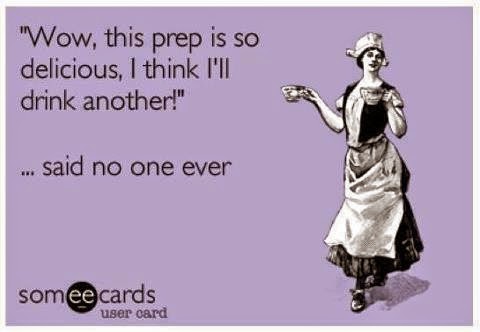I've never seen myself as a particularly outgoing or even social creature really. It's not that I'm overly shy or anything, it's more of an active choice I've made to keep a smaller circle of close friends rather than being surrounded by a whole bunch of people whom I barely know at all. (Of course some people manage to have six hundred besties at once but needless to say, I'm not one of them. How do they even?) But thanks to Instagram I've had the opportunity to connect with and befriend so many amazing, inspiring and crazy talented girls from all over the world! How this little story relates to the raw caramel slice? Well this recipe would have never seen the light of day had it not been for one of these Instagram girls and her #twistmytreat competition.
One more thing before we get to the recipe: it looks longer and more complicated than it actually is! Mostly because I've included two different ways to make the chocolate layer. I was way too eager to get to taste this to bother making my own chocolate but if you want to keep this recipe raw, I highly recommend you spend those extra five minutes on this!
Base:
- 7 dates (around 80 g)
- 1/4 cup oat flour (30 g)
- 1 tbsp tahini (20 g)
Caramel layer:
- 10 fresh/soft dates (110 g)
- 2 heaped tbsp all natural peanut butter
- 2 tbsp unsweetened almond milk
- 1 tbsp lucuma powder
Chocolate layer raw version:
- 1 tbsp melted coconut oil or cacao butter
- 1 tbsp cacao powder
- 1 tbsp liquid sweetener of choice
Chocolate layer non-raw version:
- 2 oz. (56 g) vegan dark chocolate (preferably refined sugar-free)
How to:
1. Blend all the ingredients for the base in a food processor until you're left with a ball of raw 'cookie' dough. Add more oat flour if the dough is too sticky and more dates or tahini if it's too dry. (This depends a lot on how moist the dates are!)
2. Press it out into a small rectangle to about 1/4-inch or 5 mm thickness on a non-stick baking sheet. Set aside.
3. Peel and pit the dates for the caramel layer. This is easier if they have been soaked in hot water for at least 10 minutes or if you're using really soft ones.
4. Place all the ingredients for the caramel layer in a small bowl and blend with a hand blender until smooth. (This step could be done using a food processor but I prefer the hand blender.)
5. Spoon the caramel on top of the base and level it with a spatula. Place in the freezer to set for at least one hour.
Raw version:
6. When the caramel and base have set, make your own raw chocolate by mixing equal quantities coconut oil, cacao powder and sweetener in a bowl until combined. Wait until it's not super runny, then spread an even chocolate layer on top of the caramel. This will hopefully set immediately as the caramel is frozen so go ahead and cut as many slices as you want before placing them in an airtight container to store in the freezer or fridge if you prefer a gooey caramel.
Non-raw version:
6. If you're a lazy ass like me, then melt your (store-bought) chocolate over a hot water bath and spread it out on top of the frozen caramel base. It can be a bit trickier to cut neat squares this way (as is shown by the cracks on mine) but they're just as delicious, I promise. Store in the fridge for gooey caramel and the freezer if you want it solid.




















